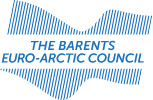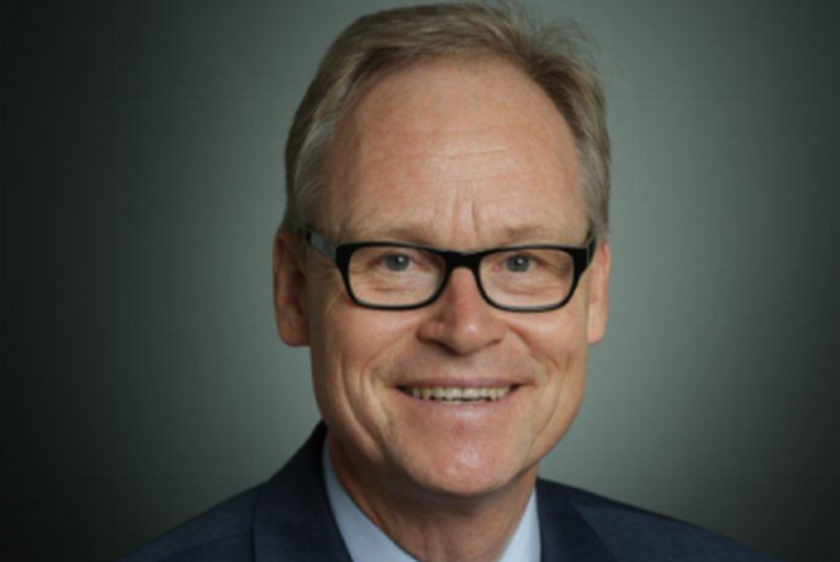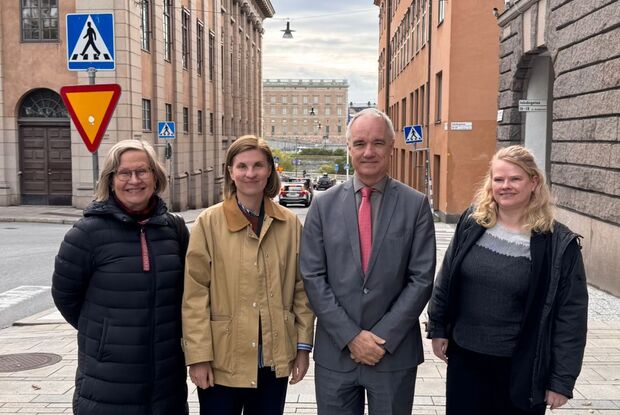The Barents region brings to our mind the spectacular Arctic nature, the resilient people who inhabit the area, and their cultures which are strongly intertwined with the harsh environment.
The Barents region is also the borderland of four countries, two of which are members of the European Union. It is the home of over five million people, many of whom see themselves as members of indigenous peoples. Historically speaking state borders were not a strong concept in the High North. Today, the complicated challenges we face know no borders.
The Arctic geopolitical landscape has changed in the past and will continue to change in the future. The Kirkenes Declaration in 1993 was very much about the basics of international relations. Since the end of the Cold War, we have jointly insisted on partnership to replace the confrontation and divisions of the past. Regional cooperation in the Barents Euro-Arctic context and Arctic cooperation more broadly have served this goal by functioning as well-established platforms for dialogue and tangible cooperation.
The EU engages in Arctic cooperation with the aim of preserving the Arctic as a region of low tension and peaceful multilateral cooperation.
We have a lot of work ahead of us. All the Arctic regions share a number of common features such as low population density, low accessibility, low economic diversity, abundant natural resources, and high impact of climate change.
The most dramatic challenges arise from climate change. Due to the so-called polar amplification, the average temperature of the Arctic region is already 2.5°C higher than pre-industrial temperatures. This trend will continue. Thawing permafrost will cause a serious challenge for infrastructure and it has the potential to release billions of tonnes of CO2 equivalents. Everybody will benefit if we are able to find common solutions for these shared challenges.
Other acute problems are related to the COVID pandemic. We need genuine solidarity and global cooperation to make sure we can get out of the crisis. The primary goal is, of course, to stop the pandemic. Then we must bring back the mobility to people and address the economic difficulties the crisis has inflicted on them.
The EU will support the work of the ‘One Arctic, One Health’ project, managed by the Arctic Council’s Sustainable Development Working Group. The EU digital certificate system will enable the movement of people to resume. Already 43 countries, including Norway and Iceland, have joined this system. Our aim is also to use the recovery efforts to make Europe’s – including the High North’s – economy greener and the society more digital and resilient. Regional cooperation can support these aims which are highly relevant in the Arctic regions.
For the EU, it is important that various policies such as Arctic cooperation, Barents Euro-Arctic cooperation and the Northern Dimension policy complement and support each other. They are part of a continuum, which extends into the circumpolar and Baltic Sea regions. As a flagship example, the Northern Dimension Environmental Partnership has provided 166.3 million euros since 2002 to reduce the danger of radiological contamination of the Arctic Sea. This is caused by problems dating from the time of the Soviet Union when nuclear-powered submarines and other objects were sunk in the Arctic waters. Solving these problems has been possible thanks to ongoing positive and fruitful international cooperation.
Barents cooperation is one piece of a larger puzzle. Because it takes place at the regional level it has a significant people-to-people dimension. The EU highly values these contacts. The EU-funded Kolarctic cross-border programme and the Northern Periphery and Arctic programme have provided support to improve mobility of people, goods and knowledge. The Erasmus+ programme pays special attention to youth.
The EU will continue to put all its weight behind the reinforcement of multilateralism and the development of international cooperation. At the end of the day people working together across borders are the key to peaceful and sustainable development, especially in the Arctic.
Photo and text are kindly provided by the European External Action Service









